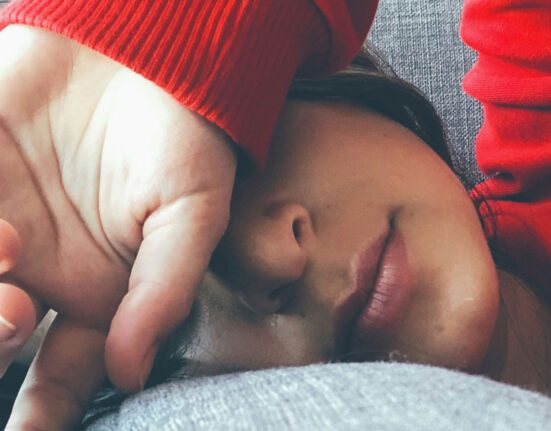SOURCE: Immune and hormonal features of Long COVID – NIH Research Matters
Summary:
Researchers investigated immune and hormonal differences in individuals with Long COVID compared to those without.
They found significant variations, including higher levels of specific immune cells, stronger antibody responses to SARS-CoV-2 and Epstein-Barr virus (EBV), and lower levels of the stress hormone cortisol in Long COVID patients. These findings could aid in more accurate diagnosis and personalized treatments for Long COVID, offering new insights into its underlying mechanisms.
Key Points:
- Long COVID manifests as chronic symptoms following acute SARS-CoV-2 infection, affecting about one in eight survivors.
- A study comparing individuals with and without Long COVID revealed immune cell variations, stronger antibody responses to SARS-CoV-2 and EBV, and lower cortisol levels in Long COVID patients.
- Machine learning identified cortisol levels, galectin-1 protein, EBV antibodies, and specific immune cell levels as strong predictors of Long COVID.
- The findings suggest potential mechanisms such as persistent SARS-CoV-2 components, EBV reactivation, and chronic inflammation contributing to Long COVID.
- Dr. David Putrino highlights the importance of these findings for developing more sensitive testing and personalized treatments for Long COVID patients.
These findings are important. They can inform more sensitive testing for Long COVID patients and personalized treatments for Long COVID that have, until now, not had a proven scientific rationale
Dr. David Putrino
Credible Source:
1. Immune and hormonal features of Long COVID – NIH Research Matters
2. Klein J, Wood J, Jaycox JR, Dhodapkar RM, Lu P, Gehlhausen JR, Tabachnikova A, Greene K, Tabacof L, Malik AA, Silva Monteiro V. Distinguishing features of Long COVID identified through immune profiling. Nature. 2023 Nov 2;623(7985):139-48.








